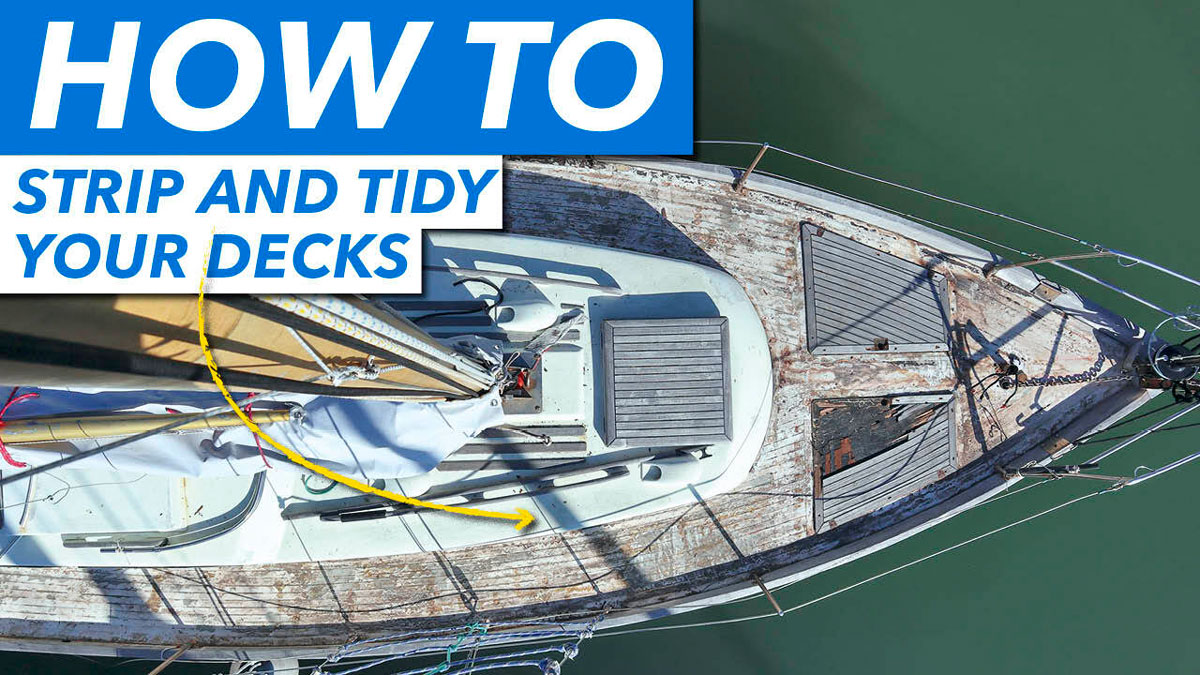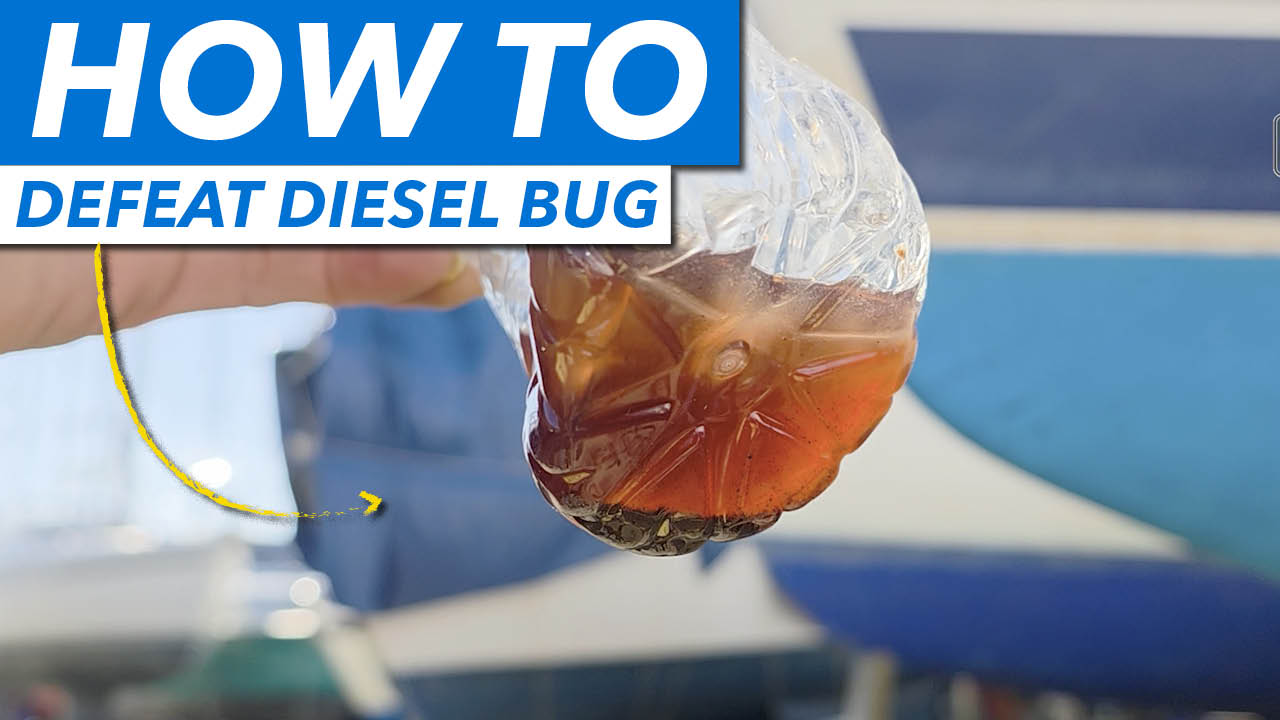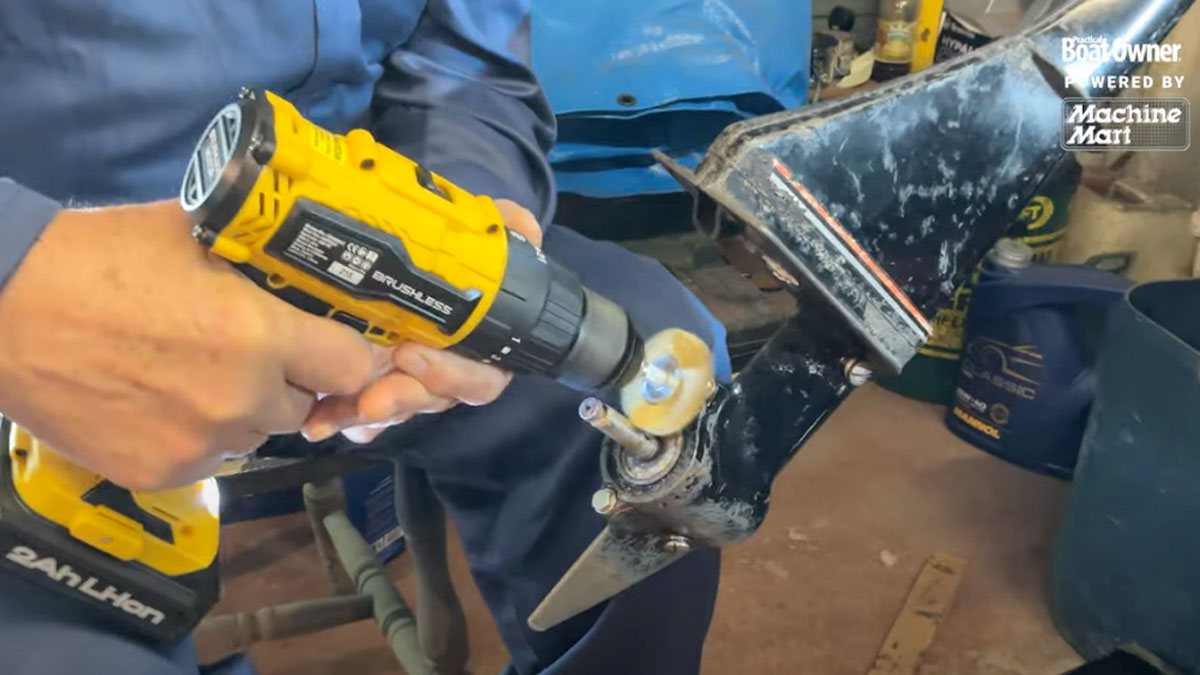After a midnight steering failure, one boat owner learns a hard lesson about the "fiddly" but essential maintenance of remote outboard steering
The importance of regular, detailed maintenance on an outboard engine cannot be overstated, a fact learned the hard way when the steering on our RIB project boat suddenly seized up in a busy shipping channel late at night. The culprit? Neglect of a critical, but often ‘fiddly’, maintenance point: the remote control steering rod.
The Mid-Voyage Crisis
The failure highlighted a common maintenance pitfall among boat owners: overlooking small, yet vital, grease points. While the larger maintenance items were addressed, the steering rod—a crucial component for remote control steering—had become seized due to dried-up, old grease. This issue often stems from two hidden grease nipples on the engine leg, which, if blocked, prevent fresh grease from reaching the rod ends, leading to corrosion and stiffness. Our video walks through the essential steps taken to free the steering and how to ensure this critical system never fails again.
Accessing the Grease Points
To properly access all the grease points on the engine, the outboard must be in the down position. By carefully tilting the trailer up, we were able to clear the skeg from the ground, allowing full maneuverability of the engine. There are several external grease points that require regular attention, but the most problematic are the two often-overlooked nipples located discreetly beneath the engine mounting bracket.
Clearing and Re-Greasing
The immediate fix for a seized rod is to thoroughly clean the system. If a grease nipple is blocked, a quick blast of WD40 can help dissolve the old, hardened grease inside the fitting, allowing it to be flushed out.
For applying fresh lubrication, we recommend using a high-quality three-way slide grease gun. This tool, larger than many standard domestic models, uses clean grease cartridges, which is the neatest method and ideal for those without bulk storage space. The grease gun’s positive connection locks onto the grease nipples, ensuring the lubricant is forced into the mechanism.
Using lithium grease, which effectively repels water, we applied a generous amount to all visible grease points. It’s important to keep pumping the grease gun until you see the new, fresh lubricant overflowing from the joints, confirming that the old, ineffective grease has been completely purged. A manual application of grease directly to the steering rod is also recommended as a final protective layer.
A Lesson Learned
The biggest takeaway is a simple one: learn from this common mistake. If you leave your boat unused for any length of time, the steering mechanism will dry out and require greasing before relaunch. Regular, “fiddly” maintenance on your remote steering—including clearing and replacing the grease at the vital, hidden points—is a non-negotiable step that prevents a simple maintenance issue from becoming a dangerous, mid-voyage emergency.
With thanks to Machine Mart for the tools to complete this job
How to strip and tidy your boat deck
Discover how a boat owner uses a simple air compressor and a collection of versatile air tools to tackle a…
Defeating the Diesel Bug: One Tank, Two Clarke Pumps, an Inspection Hatch and a Lot of Elbow Grease
The Owner of this 35 foot sailboat had been fighting diesel bug for four long years. Four years of blocked…
How to service a 2-stroke outboard engine
After a long winter indoors many 2-stroke outboards are reluctant to start. A simple service should make yours more reliable.…
How to revamp and protect your engine leg
Join PBO's engine expert Stu Davies as he runs through the checks and maintenance needed to revamp and protect an…







